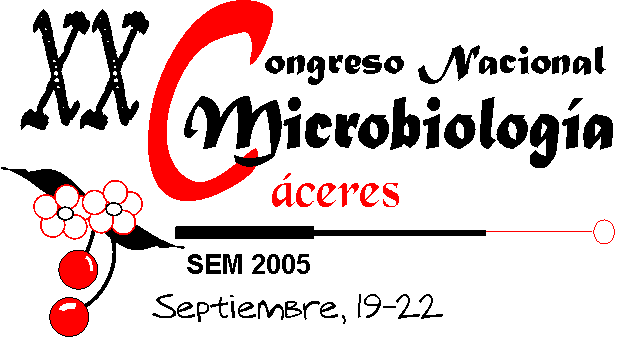

E - 227
1NEIKER, Basque Institute of Agricultural Research and Development, c/Berreaga, 1, E-48160 Derio, Spain. lepelde@neiker.net. 2Dept. Plant Biology and Ecology, University of the Basque Country, P.O. Box 644, E-48080 Bilbao, Spain.
Phytoremediation is currently being considered a new, highly promising, cost-effective technology for the remediation of polluted sites. Regarding metal pollution, there are, at present, two strategies to phytoextract metals from soils: (i) continuous phytoextraction, through the utilization of metal hyperaccumulators and (ii) induced phytoextraction, based on the application of mobilizing/chelating agents to the soil in an attempt to increase plant metal uptake and shoot accumulation, especially when the metal bioavailability is low.
But many chelating agents are toxic for plants and, most importantly, pose a considerable environmental problem due to their leaching towards groundwater. Then, environmentally safe methods of chelate-induced phytoextraction must be developed before steps towards further development of this technology are taken. In particular, most studies on chelate-induced phytoextraction have focused on ethylenediaminetetraacetic acid (EDTA) mediated Pb phytoextraction. Unfortunately, among other drawbacks, Pb-EDTA is a highly soluble complex and thus can easily leach to groundwater. In this respect, there are other chelating agents, such as ethylenediaminesuccinate acid (EDDS), which are much less harmful to the environment. Indeed, EDDS appears less toxic, more biodegradable, and causes much lower leaching of Pb than EDTA.
In any case, within the context of the chelate-induced phytoextraction, there are still very few studies regarding the effects of the addition of chelating agents on soil microbial communities Consequently, a short-term, chelate-induced Pb phytoextraction study was carried out using Cynara cardunculus to compare both (i) the efficiency of EDTA and EDDS for Pb plant uptake and translocation and (ii) their toxic effect on soil microbial communities, by means of determining the changes observed in different microbiological indicators of soil health, i.e., microbial biomass (biomass C and substrate induced respiration), microbial functional biodiversity, microbiological activity (basal respiration, dehydrogenase activity), etc.
The results indicate that, although highly efficient in enhancing Pb plant uptake and translocation, EDTA addition led to high amounts of soluble Pb in soil and then had a clear negative effect on soil microbial communities. EDDS, in turn, was extremely toxic for cardoon plants and also had a negative, though lower, effect on soil microbial communities. Actually, EDDS appeared to be quickly degraded, leading to high concentrations of soluble Pb in soil only during a short period of time.